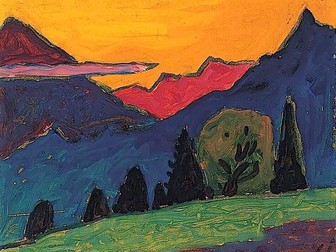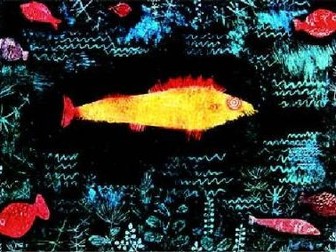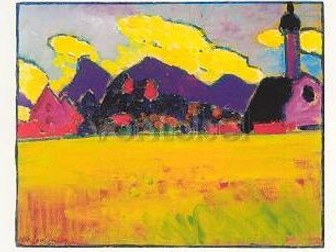KS2 expressionism lessons 7 of 7 - expressionist artist Jawlensky. Suitable for Years 3, 4 and 5.
Pupils will be able to produce their own prints as the finale to this series of lessons. <br />
They will use the collographs made previously to produce prints which will then be enhanced with chalk pastel and mounted. <br />
Pupils will complete evaluation sheet relating to their print work and an art appreciation sheet; designed to encourage observation skills; based on the work of Jawlensky.


